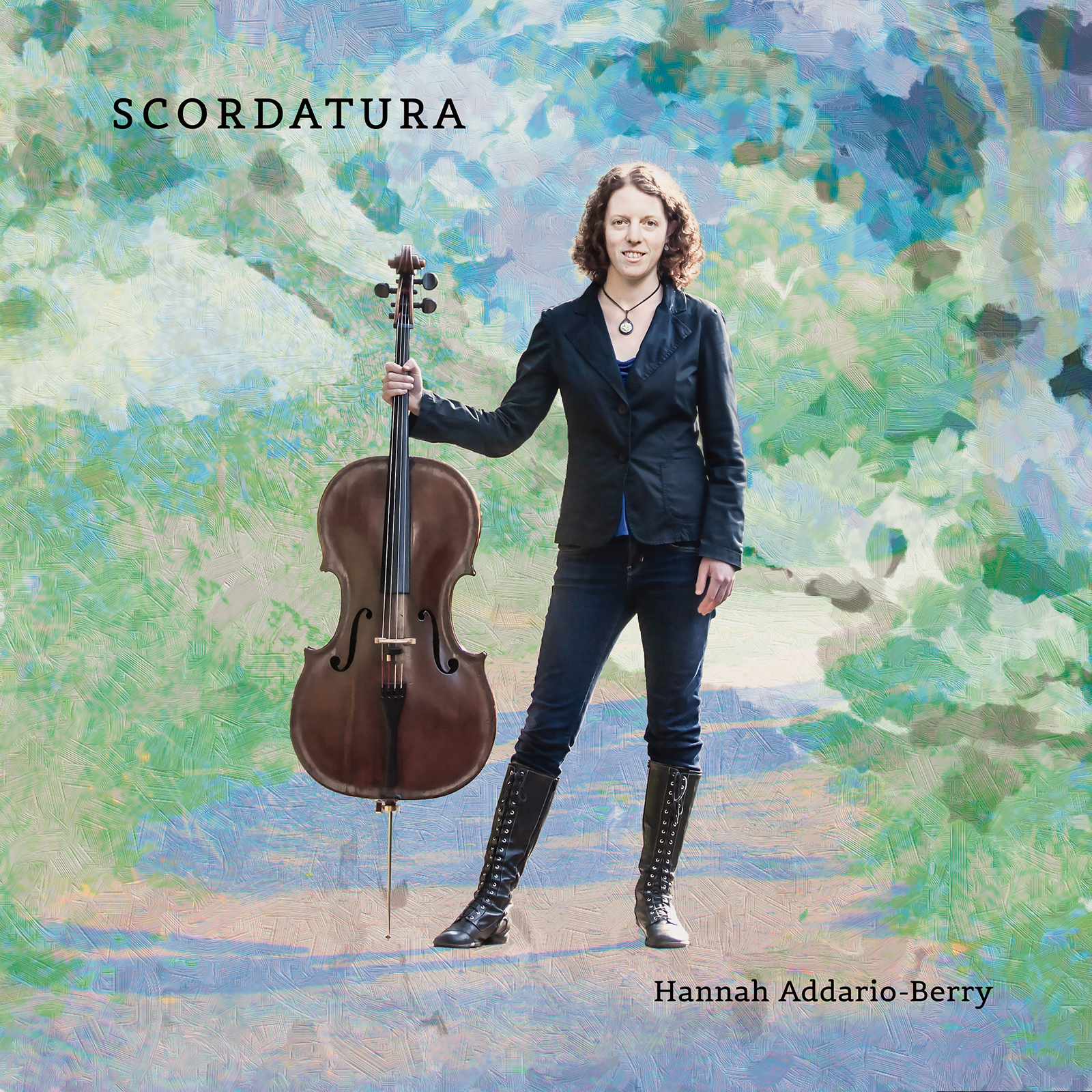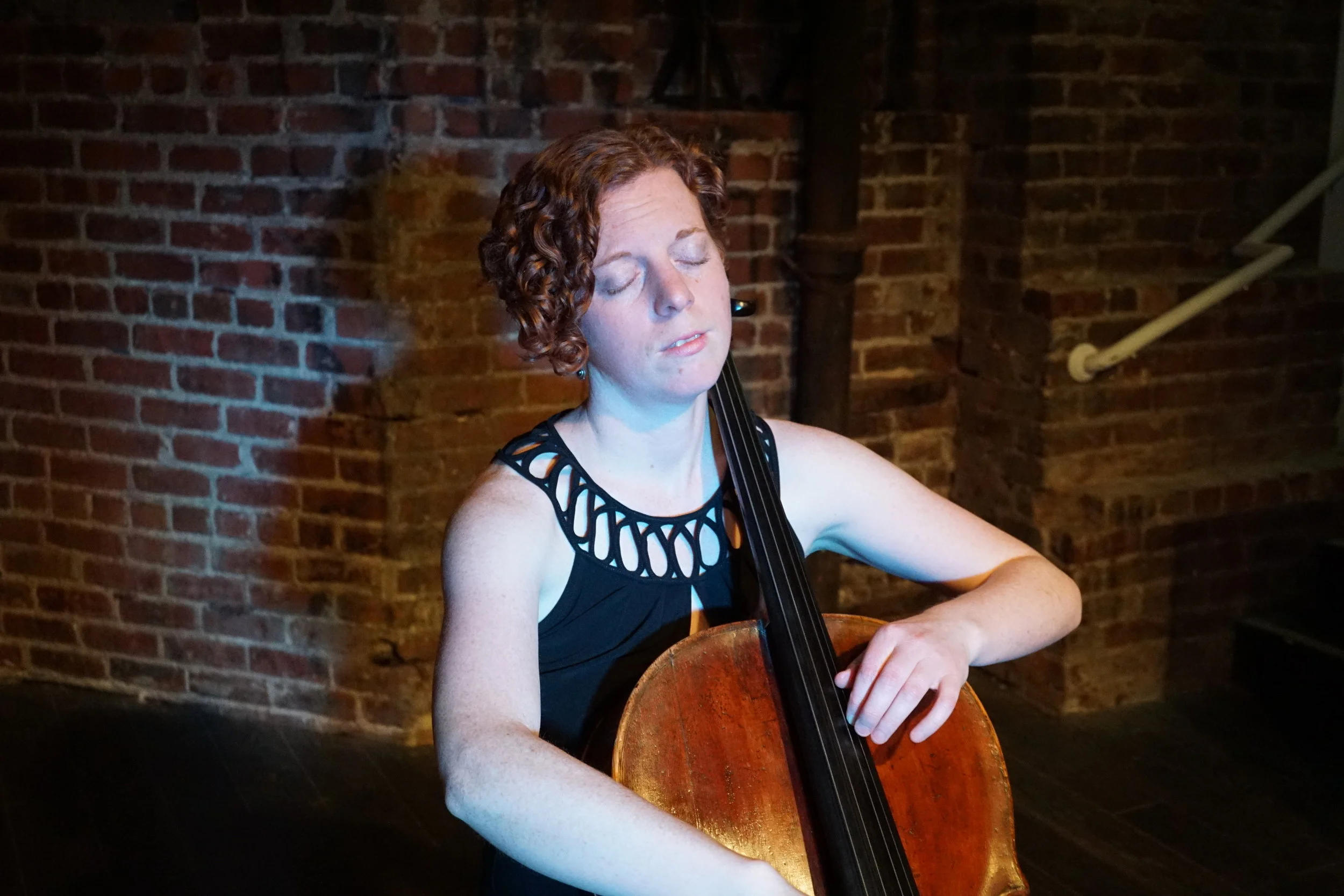A well-deserved review for Post-Haste Reed Duo and their composers!
This article originally appeared in Issue 40:2 (Nov/Dec 2016) of Fanfare Magazine.
BENEATH A CANOPY OF ANGELS…A RIVER OF STARS • Post-Haste Reed Duo • AEROCADE AM002 (50:12)
HUTCHINSON BioMechanics. ANDRIESSEN Lacrimosa. WICKMAN Confluences. SAMMONS Some Thoughts About Time. STEINMETZ Songs and Dances
The second release from the recently founded Aerocade label is, if it’s possible, even more diverse than the first. This is partly due to the wonderful sounds set down by the Post-Haste Reed Duo—hereafter PHRD—and partly to the disc’s broader chronological scope.
There is something beautifully anachronistic about the oldest piece on offer, “Lacrimosa,” one of Louis Andriessen’s sumptuous 1991 pieces that I absolutely refuse to label as “minimal!” This version was commissioned by PHRD for alto saxophone and bassoon, and while I have only heard the work in various transcriptions, this reading provides a layer of timbral intrigue, moving the performance beyond the admittedly absorbing but coloristically limiting microtones. A whole other world of sound and image is evoked with each gesture. It is a perfect precursor to Ethan Wickman’s 2014 score “Confluences,” for the same instrumentation. The first and third movements bear some slight resemblance to, or at least spring from the same soil as, Stravinsky’s “Symphonies of Wind Instruments,” with its jump-cut transitions and asymmetrical and unexpected motivic returns. As nearly a century has passed, those techniques are seamlessly incorporated into a piece that also employs spatial, canonical and contrapuntal devices but always with just a bit of cheek, the sardonic wit of the “modern” composer just below the surface of what might otherwise be construed as just another take on the fast-slow-fast form the Italians laid down around three hundred years ago.
The two works I’ve discussed make no use of electronics, but rest assured, that most ubiquitous of “modern” concerns is present, and nowhere more so than in the brief movement that opens this reading of Lanier Sammons’ “Some Thoughts about Time,” where a single pitch is slowly rent, electronically, into shifting components until an octave is formed. This is not necessarily the first movement, as the piece is reconfigurable, but it makes a powerful opening to an interdisciplinary work dealing with the temporal. There’s also the rapid-fire tritons, often with whimsically antique electrobeats in the back, of Simon Hutchinson’s 2011 “BioMechanics,” a wonderfully provocative disc opener. Hutchinson may very well be a King Crimson fan, as some of the rhythms and interlocking devil’s intervals are reminiscent of the 1970s and 1980s Crimson iterations.
At the heart of everything is the superb playing of Sean Fredenburg and Javier Rodriguez. These pieces wouldn’t have worked nearly as well as they do with lesser-equipped instrumentalists. Would that all new music and its performances were this tight and this serious!
Marc Medwin


















